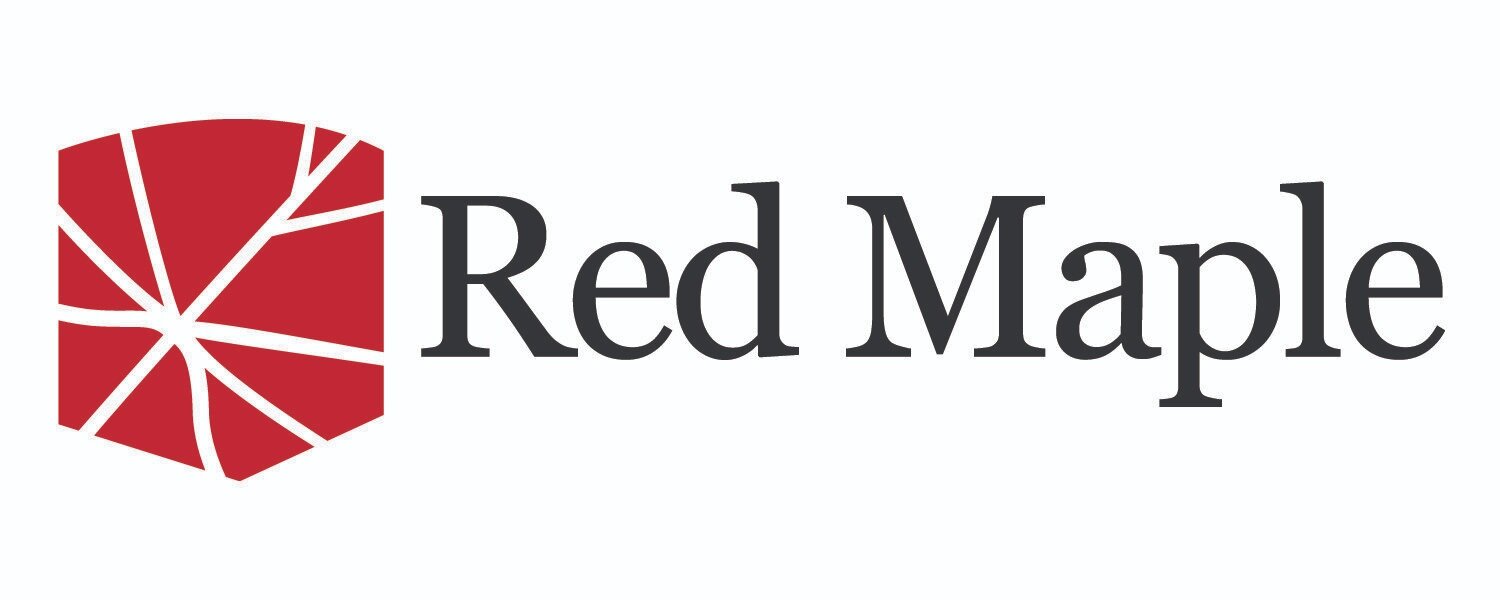Valuing the Next Unicorn or the Next Ogre?
Is Uber really the next Amazon? As the market anticipates UBER’s IPO, fresh off the back of LYFT’s lackluster debut, questions surrounding the ride-sharing company remain. Is UBER the next Amazon, a behemoth that has such a loyal customer base where it can charge them annually for products ranging from video to wine to books to chicken breasts? OR are riders and users of UBER just looking for the lowest price with no brand loyalty?
We dug through UBER’s S-1 filing where the company continuously refers to itself as a “personal mobility business” and claiming that its total market could be as large as $2 TRILLION! A few important things to note when digging through an S-1 filing are things such as “one-time or extraordinary items.” In UBER’s case, there are many distortions in the financials during the last three years after the major restructuring and divestitures of some Asian assets. Sifting through these important details as well as distinguishing UBER’s three businesses such as UBER, UBER EATS and UBER FREIGHT are imperative to building a sanguine and well-thought out model.
UBER, like many “platform companies” boasts about its network effects as depicted by the below image taken from its S-1 filing. The image essentially suggests that as they add more drivers, they can lower wait times and fares, which invites more riders, which then raises fares for drivers. NETWORK EFFECTS 101!
As we have started building our own valuation model on UBER, which we hope to share details on shortly, a few thoughts immediately jump out as important items to consider.
Cost to acquire new users: Since UBER is NOT like Amazon in the sense that switching costs (the costs that a consumer incurs as a result of changing brands) are ZERO in the rideshare business, the cost to acquire new customers is increasingly important.
The actual Total Addressable Market: This is a tricky one since UBER is increasingly moving into new businesses as evidenced by the increasing share UBER EATS has taken, from 2.68% of net revenues to above 13% over a few years. This is the reason UBER touts itself as a personal mobility company… transit or traditional transportation companies don’t excite investors, but a $2 trillion market does. This analysis is really where UBER’s brand and customer loyalty come in to play. Can they become like Amazon where the product they sell does not matter…?
Profitability: UBER is not profitable today, even with net revenues above $10 billion but we have seen that before and a company CAN grow into its multiples. The key here will be to look at the trends in margins (adjusted) over time. Traditionally, a Company prepares for an IPO, years in advance, ensuring that trends in its metrics will be going in the right direction and will paint a strong growth story for investors… more to come on that.
Analyzing IPOs and high growth companies is a tricky game, in the short term, this is much more a supply and demand story than a long-term valuation question. The long-term valuation should be provided in context to the set-up from a supply/demand standpoint. We hope to provide as much or as little as our followers crave on this front.
Please share your thoughts and questions and we hope to share our work on the IPO shortly!
